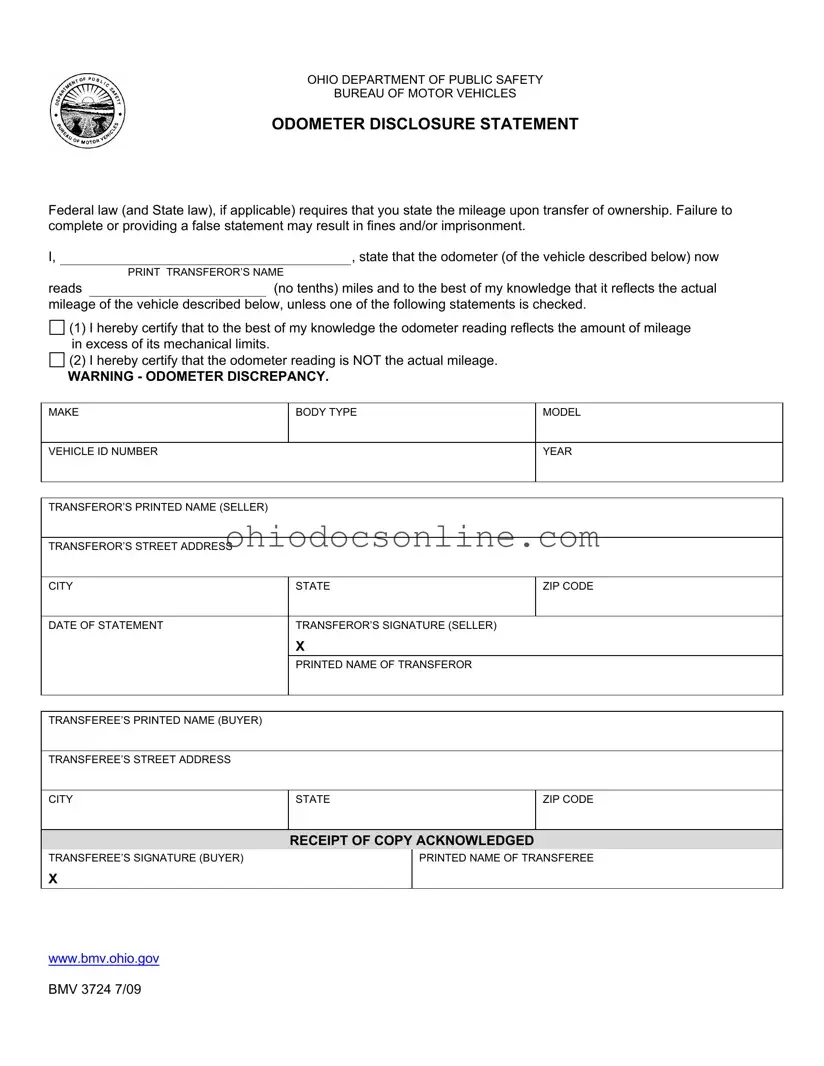Ohio Department Of Public Safety Template in PDF
The Ohio Department of Public Safety form is a crucial document used during the transfer of vehicle ownership. This form includes an Odometer Disclosure Statement, which requires the seller to disclose the vehicle's mileage to ensure transparency and compliance with federal and state laws. Completing this form accurately is essential, as inaccuracies can lead to serious legal consequences.
Open Editor
